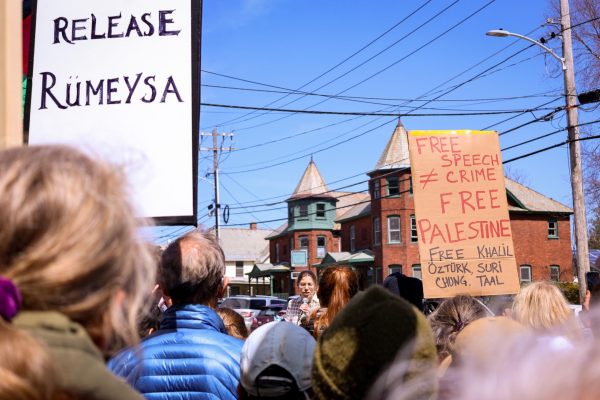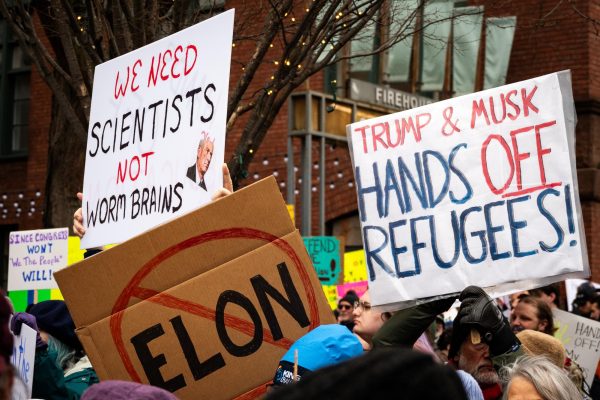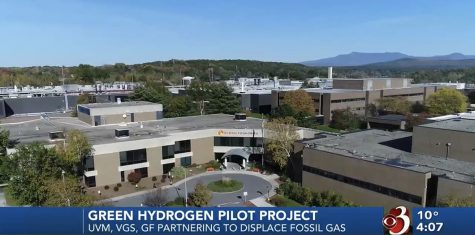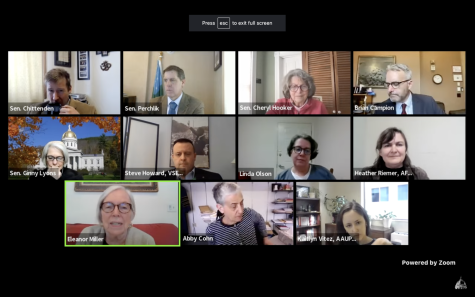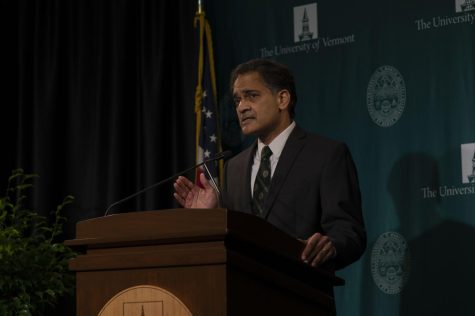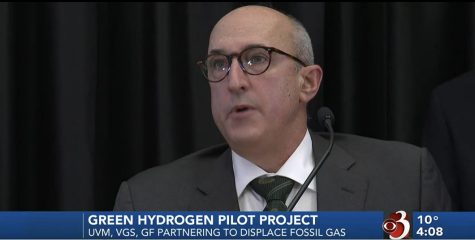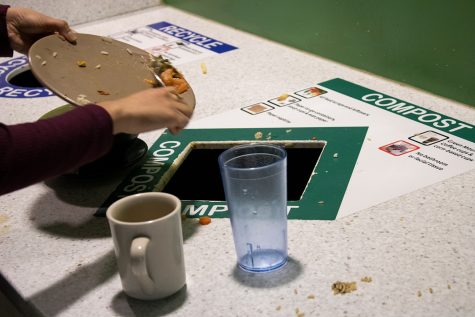Drone lab creates 3-D map of VT.
A 3-D map of Vermont is being made through the use of drones at UVM.
The drone program is a part of the UVM Spatial Analysis Laboratory directed by Research Associate Lecturer Jarlath O’Neil-Dunne.
The project, called “Rapid, Local Aerial Photography & Mapping,” uses small drones with cameras to determine how much material is needed to repair a road, according to SAL’s website.
The project is funded by the U.S. Department of Transportation, according to the website.
The drones make 3-D models by flying around an area and taking hundreds of pictures at a time, O’Neil-Dunne said. The pictures are then combined on a computer to create maps.
The maps have measurements that can be used for construction purposes and risk management, he said.
The drones were first funded by the Dept. of Transportation, O’Neil-Dunne said.
Although the laboratory is a part of UVM, it is supported by external funds, receiving grants from the federal and state governments.
Private companies also hire them to do mapping. The money that is made is used to pay for equipment, floor space fees and employees, O’Neil-Dunne said.
“It costs no money to UVM; they actually receive a portion of our grants,” he said.
The drones the lab uses are cutting-edge and cost between $20,000 and $50,000, O’Neil- Dunne said.
“As an academic lab, we can push the envelope in terms of methods and technology, but we pride ourselves in doing more than filling the pages of scholarly journals by generating products that help people make better decisions,” SAL’s website states.
The lab is also working with the Lake Champlain Basin Program to map the basin so models of different levels of water quality can be created for re- search, the website states.
Other projects the lab is working on include mapping parks and recreational areas of New York City in collaboration with New York Dept. of Parks & Recreation and Columbia University, the website states.




